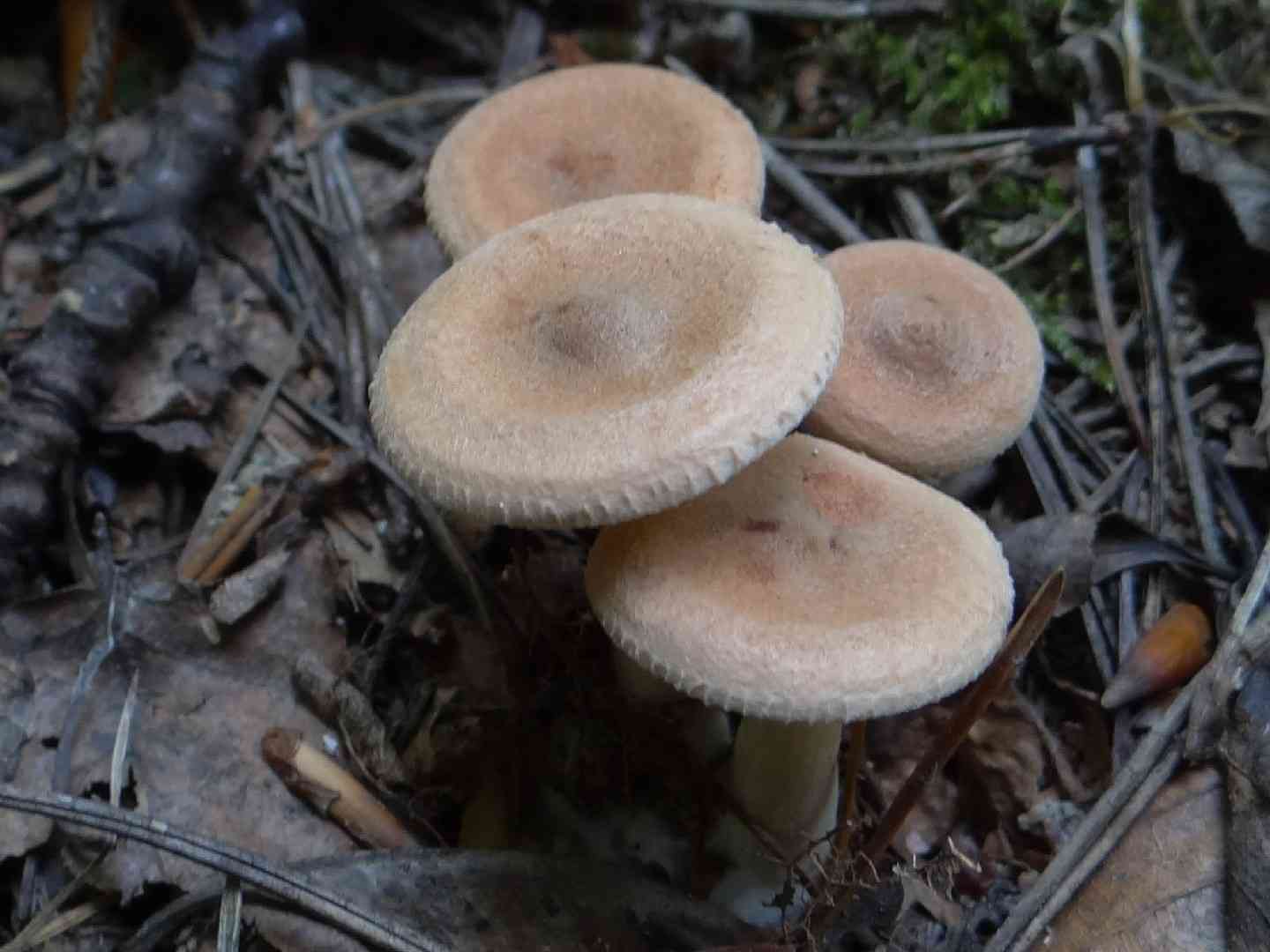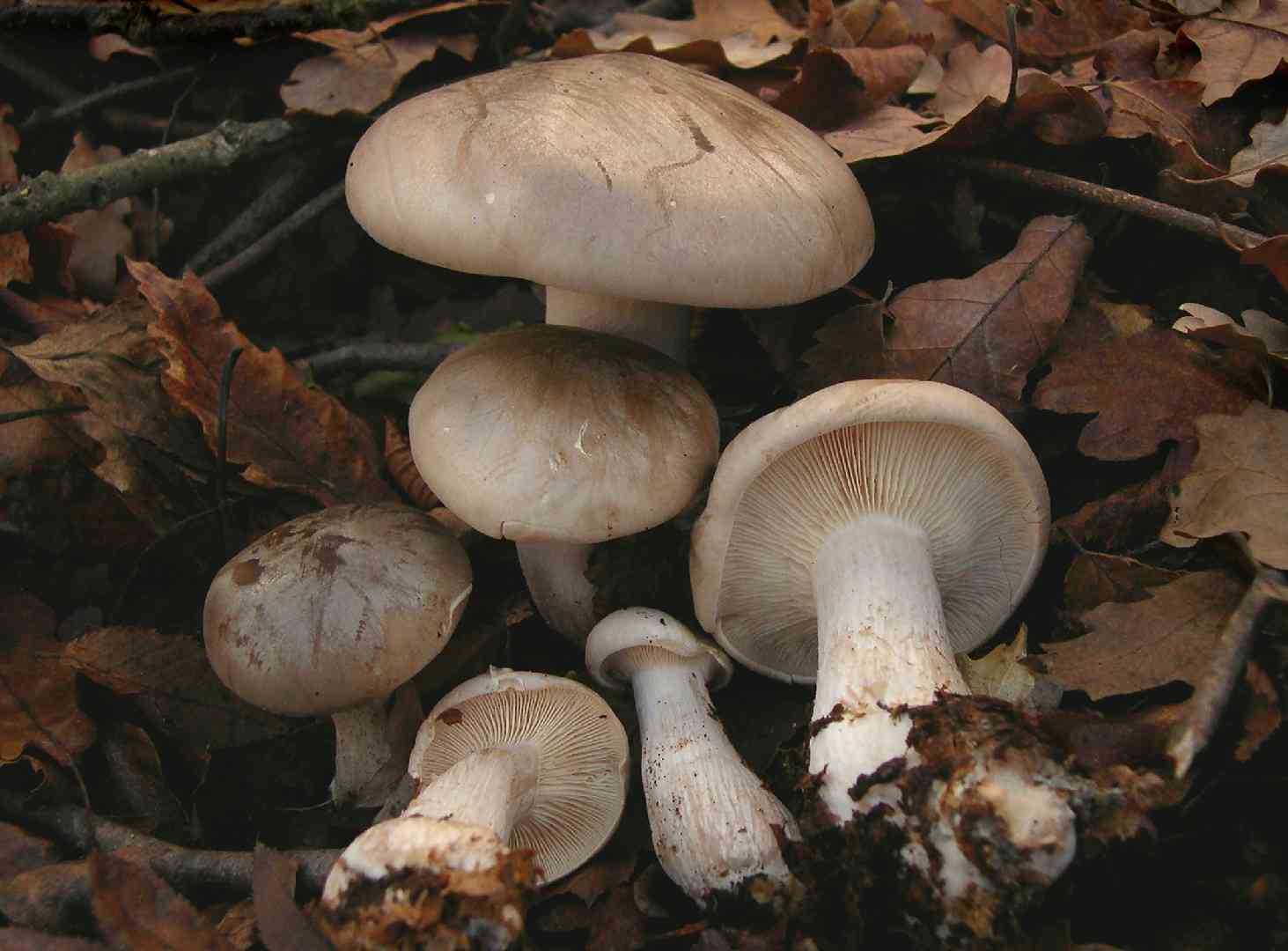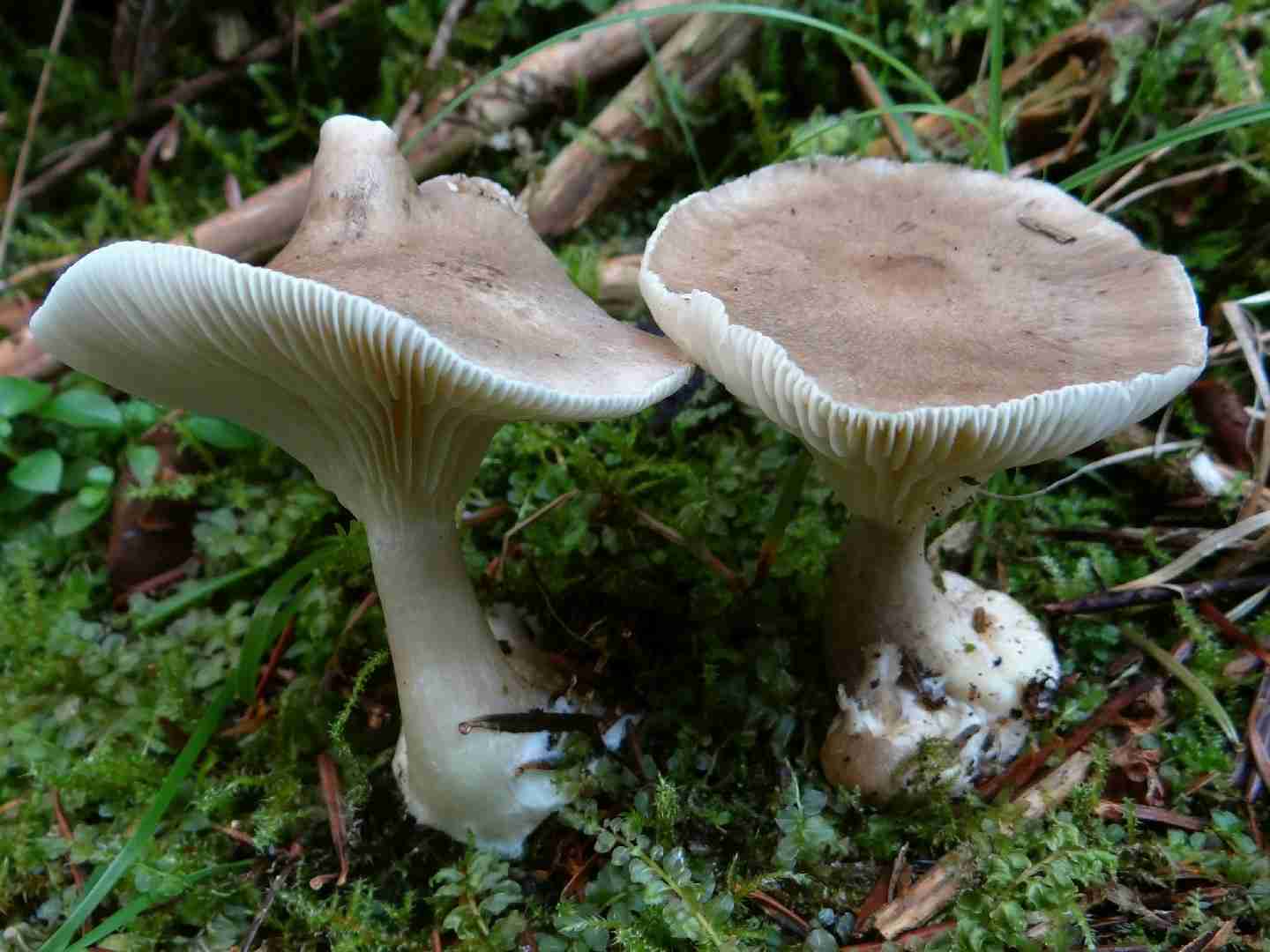
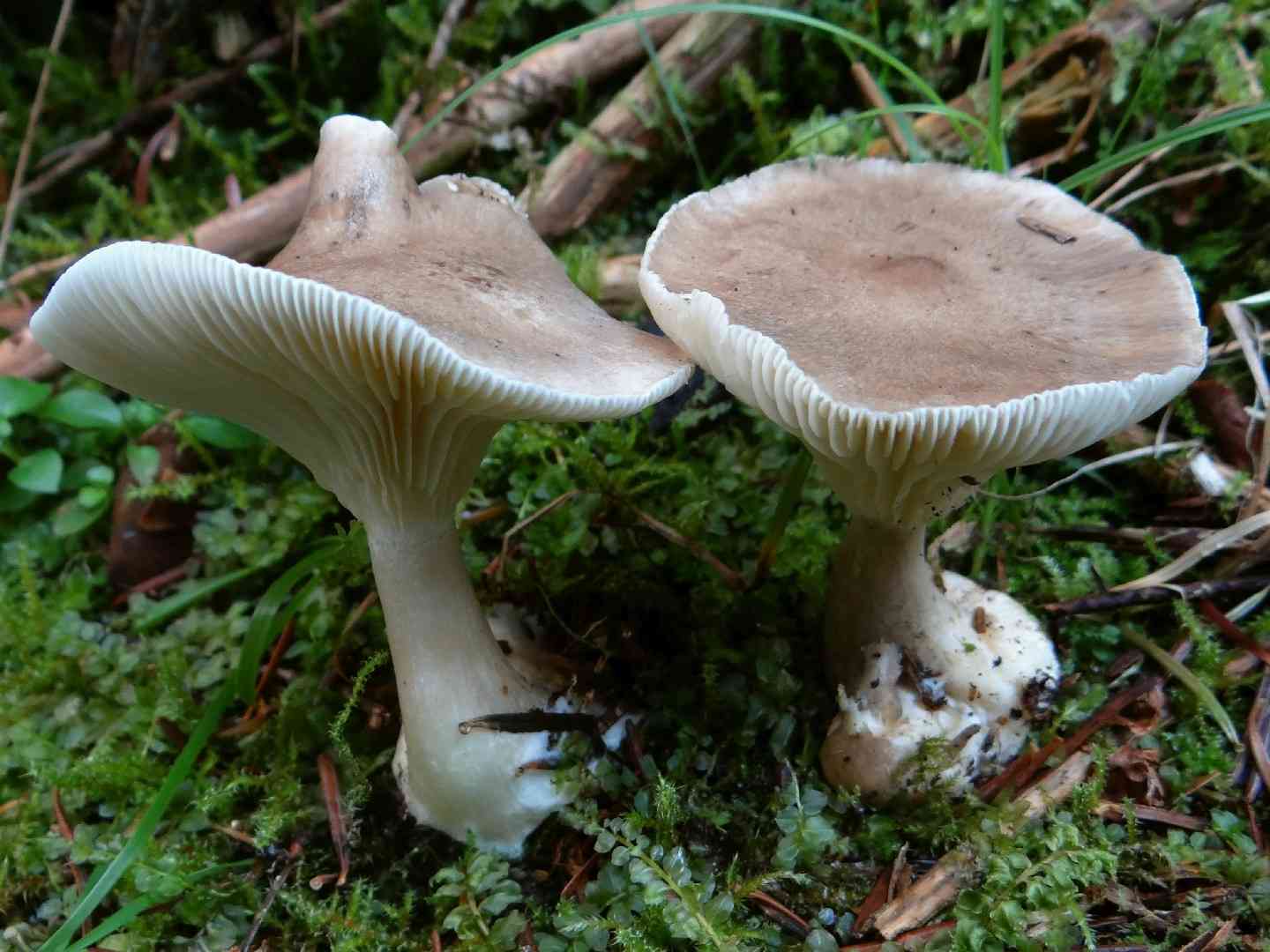
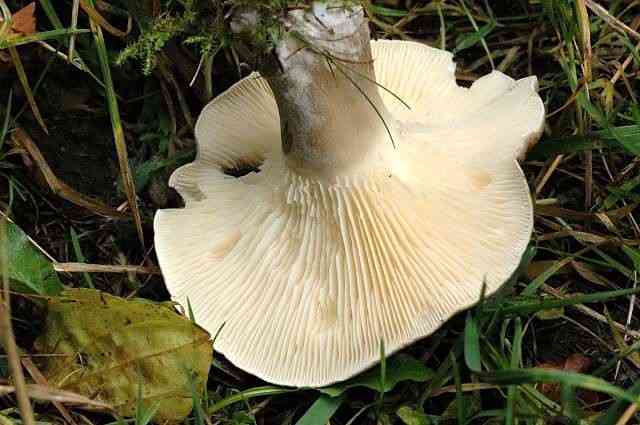
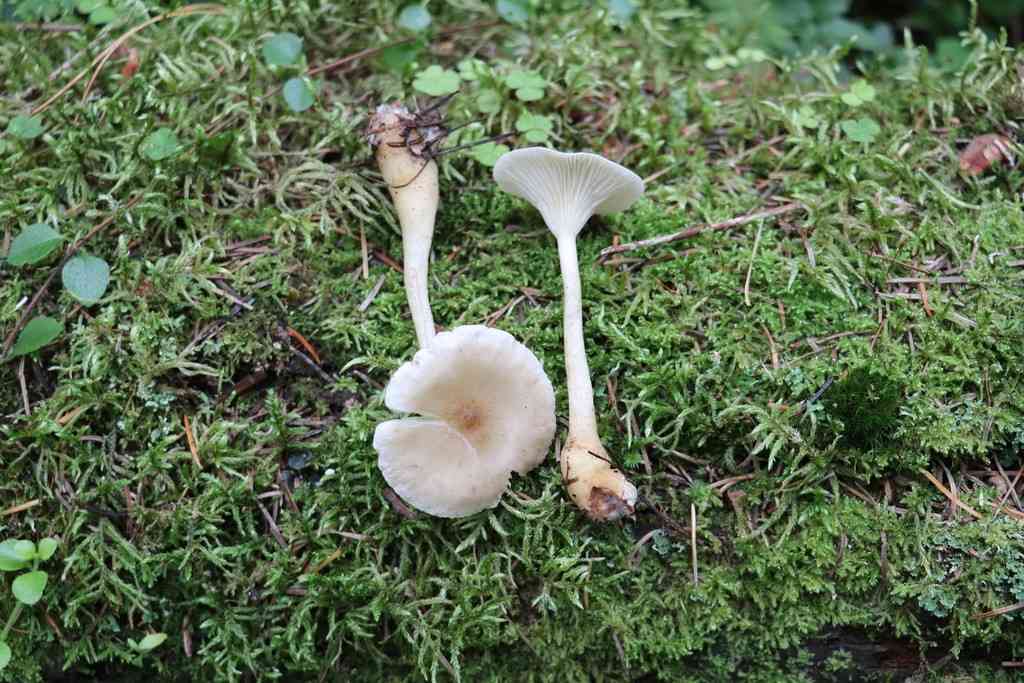
Club-foot
Ampulloclitocybe clavipes
A species of Ampulloclitocybe. Also known as Fat-footed clitocybe.
Ampulloclitocybe clavipes, commonly known as the club-foot, is a fairly unremarkable mushroom found throughout Europe and North America. This species features a substantial, smooth cap, typically brown but sometimes exhibiting hints of olive, tan, or cream. It is also characterized by a thick, bulbous stem, reminiscent of a bolete, which gives it its common name. The mushroom is generally considered inedible due to reports of negative reactions.
Attributes of Club-foot
Scientific Classification of Club-foot
Toxicity and Edibility of Club-foot
Is Club-foot Toxic?
Club-foot is characterized by a gastrointestinal toxin that can induce mild discomfort, presenting as nausea, abdominal spasms, loose stools, and sporadic emesis. Visually distinct, it should not be confused with harmless types. Commonly found under specific circumstances and times of year, careful handling is essential for safeguarding human well-being.
